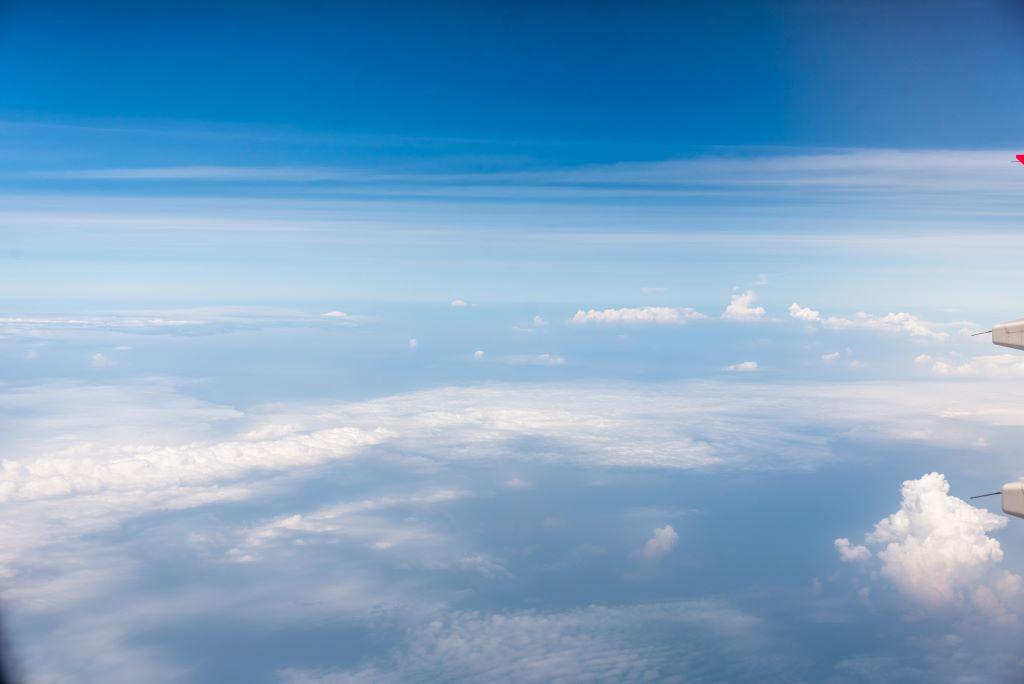Opinion: Will 2030 Be The Year Uncrewed Flight Takes Off?

Credit: Primeimages/Getty Images
The Adoption Of Commercial Flight In 1929, only 6,000 people traveled by airplane in the U.S.—a mere four years later, that number multiplied to 450,000 before growing to 1.2 million in 1938. Early airline flights were loud, uncomfortable, and often scary. Despite their beginnings, they rose to...
Subscription Required
This content requires a subscription to one of the Aviation Week Intelligence Network (AWIN) bundles.
Schedule a demo today to find out how you can access this content and similar content related to your area of the global aviation industry.
Already an AWIN subscriber? Login
Did you know? Aviation Week has won top honors multiple times in the Jesse H. Neal National Business Journalism Awards, the business-to-business media equivalent of the Pulitzer Prizes.

